Andong Gunja Village (Ocheon Historic Site) (안동 군자마을(오천유적지))
8.8Km 2025-10-23
29 Gunjari-gil, Waryong-myeon, Andong-si, Gyeongsangbuk-do
+82-54-852-5414
Andong Gunja Village is a cluster of around twenty hanok. During the Joseon dynasty, this area produced many scholars, hence earning the name Gunja Village, meaning a village where many learned scholars reside. Designated cultural heritage sites include Takcheongjeong Historic House, and Shrine of the Gwangsan Kim Clan. Visitors can experience hanok stay, immersing themselves in the ambiance of historic houses and traditional customs.
Bonghwa Cheongnyangsa Temple (청량사(봉화))
9.1Km 2022-12-27
199-152, Cheongnyangsan-gil, Bonghwa-gun, Gyeongsangbuk-do
+82-54-672-1446
Located in Cheongnyangsan Mountain Provincial Park, Cheongnyangsa Temple was built by the great monk Wonhyo in 663, the 3rd year of King Munmu of the Silla Kingdom. According to the principles of feng shui, the area is an ideal place for a temple – with the 12 mountain peaks surrounding the temple like the petals of a lotus flower.
The temple is home to two precious historical remains; one is the board of Yuribojeon that King Gongmin of Goryeo wrote upon and the other is Jibul. Yuribojeon is the building where Yaksa-yorae-bul (the Medicine Buddha Statute) is housed and Jibul is a Buddha statute made of paper that was painted with gold.
At the back of the temple is Bosalbong Peak looking out towards Cheongnyangsan Mountain. A 30-minute walk along the hiking trail will lead the hikers to Eungjinjeon, a hermitage with a beautiful view where the great monk Wonhyo once stayed. Behind Eungjinjeon stands Geumtapbong Peak and the sheer cliffs below. The peak was named Geumtapbong (meaning ‘golden pagoda’ in Korean) since it looks like a nine-story pagoda with pine trees growing around the base. In the autumn, the beautiful red, gold and orange hues of the maple trees are a true sight to behold.
Andong School of Korean Etiquette (안동예절학교)
11.4Km 2023-04-07
1333-5, Toegye-ro, Andong-si, Gyeongsangbuk-do
+82-54-841-0511
Andong School of Korean Etiquette, which is located in Andong, is a mecca of Korea's Confucian customs and provides an opportunity to experience traditional Korean etiquette.
In addition to Korean traditional etiquette, Andong School of Korean Etiquette also teaches tea etiquette and traditional Korean music using instruments such as janggu and gayageum. Students can also experience the joy of learning how to play folk games such as yunnori and kite-flying. The school offers a wide variety of hands-on programs related to Korea's traditions and customs such as mask dance, paper craft, cooking, wedding, and eco-rafting on Nakdonggang River.
There are other popular tourist attractions nearby such as Dosanseowon Confucian Academy, Forest Science Museum and Yi Yuk-sa Literary Hall.
Bonghwa Pavilion Culture Center(봉화정자문화생활관)
17.0Km 2024-12-13
88 , Buraengi-gil, Bonghwa-gun, Gyeongsangbuk-do
+82-54-679-6963
Visitors to the Bonghwa Pavilion Cultural Residence Center can experience the Nujeong culture firsthand during their stay in the Solhyangchon, which is set in Oesam-ri, Bonghwa-gun, Gyeongsangbuk-do, and is themed around traditional towers and pavilions. Solhyangchoin can be divided into pensions and guest rooms, and reservations can only be made through the Bonghwa-gun Sports Facility Office's website. The pavilion exhibition hall, the pavilion garden, the pavilion rest area, and the dormitory yard are also available for your use. Nearby tourist attractions include Changpyeong Forest Park, Dadeok Mineral Spring Tourist Site, and Munsusan Natural Recreation Forest.
Bonghwa Sweetfish Festival (봉화은어축제)
17.5Km 2024-11-28
Naeseong-ri, Bonghwa-gun, Gyeongsangbuk-do
• 1330 Travel Hotline: +82-2-1330 (Korean, English, Japanese, Chinese) • For more info: +82-54-674-3053
Bonghwa Sweetfish Festival is one of Korea's prime summer festivals and celebrates the local specialty product of sweetfish. The sweetfish from Bonghwa are recorded as having been given as tribute to the king during the Joseon dynasty. The highest-quality sweetfish come from the upstream sections of the Nakdonggang and Seomjingang Rivers, where Bonghwa-gun is located. The festival offers numerous participatory programs including fishing, water play, a water fight, and agricultural experiences. Visitors who participate in fishing activities can feast on their catch.
Bongjeongsa Temple [UNESCO World Heritage] (봉정사 [유네스코 세계문화유산])
18.4Km 2023-05-18
222, Bongjeongsa-gil, Andong-si, Gyeongsangbuk-do
+82-54-853-4181
Bongjeongsa Temple is believed to have been built in 672 by the Great Buddist Monk Uisang. However, other documents seem to state that Neungin Daedeuk, a disciple of Monk Uisang, established the temple. During the Korean War, many documents related to the temple were destroyed, so much of the history has been lost. In 1972, while reconstruction work was being done on Geungnakjeon Hall, records were discovered stating the hall was repaired in 1363. This discovery gave concrete evidence that Geungnakjeon Hall is the oldest wooden building in the nation.
An dong gotak Esanru (안동고택 이상루)
18.6Km 2024-12-20
3193-6 , Pungsantaesa-ro, Andong-si, Gyeongsangbuk-do
+82-10-3522-1542
Andong Old House Lee Sangnu stands at the foot of Cheondeungsan Mountain in Andong, Gyeongsangbuk-do. The house has a 250-year history and is still used for family rituals commemorating the founder of the Andong Kim Clan. Lee Sangnu is a dignified two-story wooden pavilion with an attic, while at Yisangru visitors can set a fire in the fire pit in the winter or sleep in a tent or mosquito net in the summer. Cultural programs are available: tea ceremonies, knot craft, the mask dance, natural dyeing, Korean paper craft, and learning about filial piety. The Old House’s location between Andong Hahoe Village and Dosan Seowon makes it convenient for local site-seeing.
Yeongju Museom Village (영주 무섬마을)
18.7Km 2021-08-24
31-12, Museom-ro 234beon-gil, Yeongju-si, Gyeongsangbuk-do
+82-54-638-1127
Located in Sudo-ri in Yeongju, Gyeongsangbuk-do, Museom Village is a charming hanok village surrounded by water. Flowing down from Sobaeksan Mountain and Taebaeksan Mountain, Naeseongcheon Stream and Yeongjucheon Stream converge and loop around Museom Village, surrounding the village on three sides with water. This peninsula-like village is not only the center of traditional Korean culture, but also has a gorgeous natural landscape complete with a wide sandy riverside and a lush inland forest.
Known for Haeudang and Manjukje Houses (two of the most historical hanok houses in the area), the village is also home to other outstanding traditional houses such as the Kim Gyu-jin House and the Kim Wi-jin House. Manjukje House is located at the heart of the village and the oldest traditional house in this hanok village. Manjukje was built in 1666 (7th year of King Heonjong's reign) by Bak Su (the father of the Bannam Bak Family).
Nearby Manjukje is Manun House, built in the early 19th century and named after Kim Hwi-geol (penname “Manun”). The house later became the home of the wife of the famous poet Jo Ji-hun, author of “Byeolli,” a poem expressing the beauty of Museom Village.
Other notable houses include the Kim Wi-jin House (a house belonging to aristocrats), the Kim Jeong-gyu House (a house without the traditional outer fencing), and the Bak Jae-yeon House, where the writings of Bak Gyu-su (a respected scholar during the Joseon period) still remain today.
Another famous attraction in the village is the Single Log Bridge, which was the village’s only connection to the outside world for over 350 years before the construction of Sudo Bridge in 1979. It is a tiny bridge in terms of x_width (30 cm), but it stretches for over 150 meters. It is said that the bridge was rebuilt annually after being destroyed each rainy season. With the construction of Sudo Bridge, the Single Log Bridge was no longer needed, but was rebuilt some time later in its original form. To celebrate the bridge’s impressive history, the village hosts the Single-Log Bridge Festival every October.
Manjukjae House[Korea Quality] / 만죽재 고택[한국관광 품질인증]
18.7Km 2024-10-30
11-10 , Museom-ro 234beon-gil, Yeongju-si, Gyeongsangbuk-do
+82-54-638-1127
Manjukjae House is the oldest hanok in Museom Village, Yeongju, Gyeongsangbuk-do, with a history dating back 360 years. Originally built by Park Su to live the life of a reclusive gentleman after the Manchu Invasion of Korea, the house has been passed down from generation to generation through 13 generations. There are four guest rooms, Seomgye Chodang, Sarangchae (detached building), Anchae (main building), and Chaekbang (study), all of which can accommodate two people. Among them, Seomgye Chodang offers the best view, from where guests can enjoy the scenery of the log bridge in Museom Village, the Naeseongcheon Stream, and the white sandy beach. With the windows wide open, you can enjoy the cool breeze and the soothing sounds of nature.
Jukheon Traditional House [Korea Quality] / 죽헌고택 [한국관광 품질인증]
18.7Km 2023-09-05
24 , Taejangjukheon-gil, Andong-si, Gyeongsangbuk-do
+82-10-5217-2174
Jukheon Old House is an old house near Bongjeongsa Temple in Andong, Gyeongsangbuk-do. Originally built in 1886 by independence activist Kim Ga-jin, it was later acquired by Jukheon Lee Hyeon-chan and until recently was used as a family gathering place for jaesa ancestral rites. There are three 2-person guestrooms (Jukheon Gallery Room, Seojae Room and Elizabeth Room) and one four-person room (Jukheon-dong Farm Room). Visitors can explore the old thatched millhouse with its ancient treadmill, or enjoy a walk along Queen Elizabeth Road to Bongjeongsa Temple. A simple complimentary breakfast is provided.
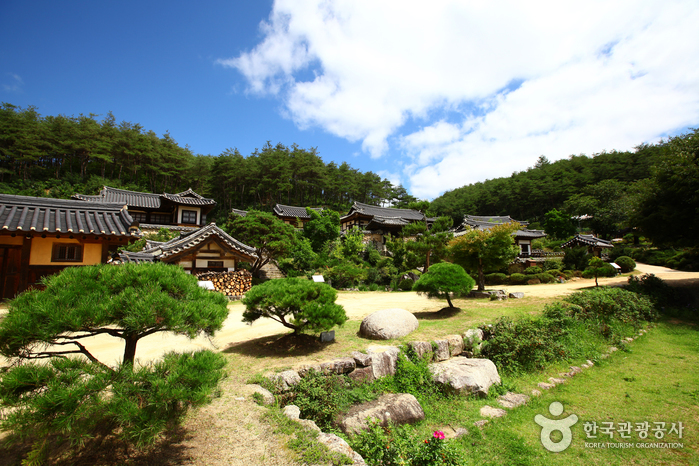
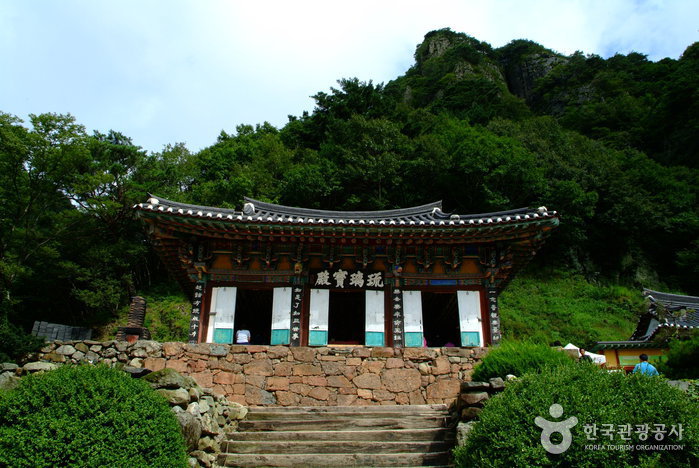

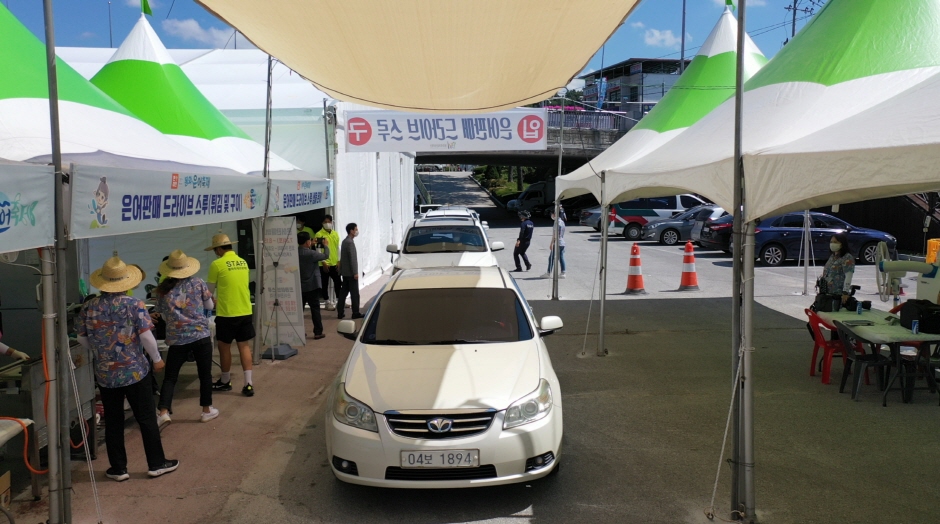
![Bongjeongsa Temple [UNESCO World Heritage] (봉정사 [유네스코 세계문화유산])](http://tong.visitkorea.or.kr/cms/resource/16/2654216_image2_1.jpg)
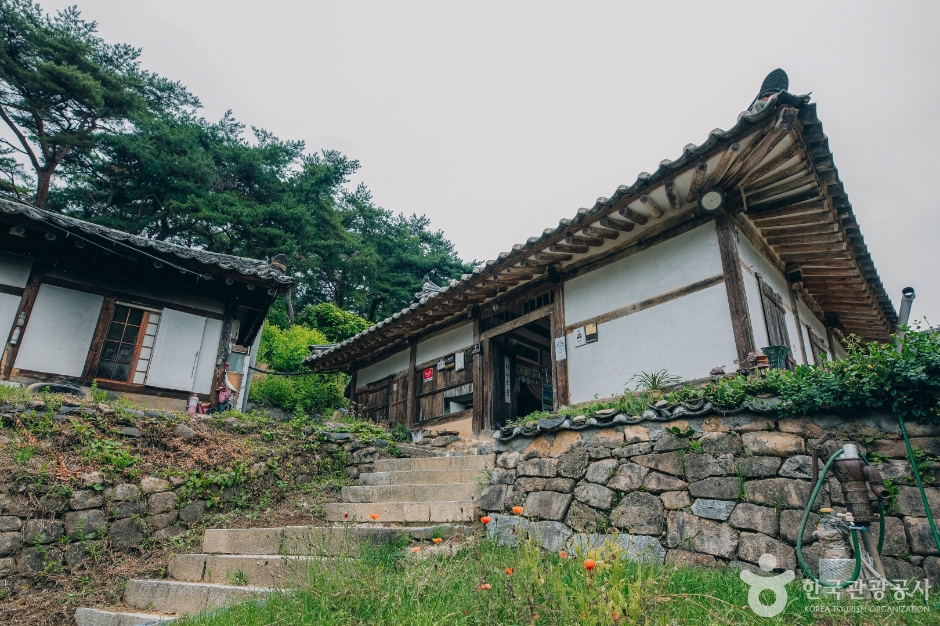
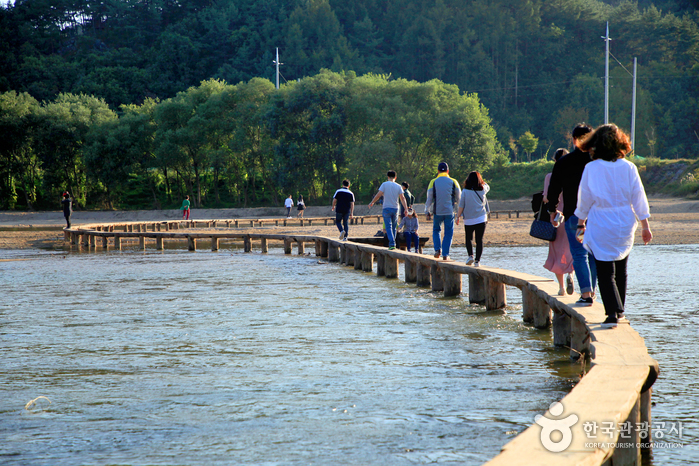
![Manjukjae House[Korea Quality] / 만죽재 고택[한국관광 품질인증]](http://tong.visitkorea.or.kr/cms/resource/55/3016955_image2_1.jpg)
![Jukheon Traditional House [Korea Quality] / 죽헌고택 [한국관광 품질인증]](http://tong.visitkorea.or.kr/cms/resource/33/2993133_image2_1.jpg)
 English
English
 한국어
한국어 日本語
日本語 中文(简体)
中文(简体) Deutsch
Deutsch Français
Français Español
Español Русский
Русский